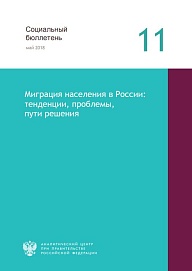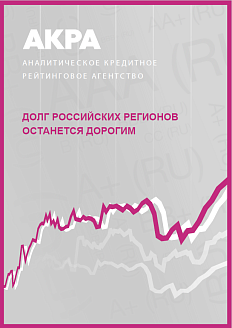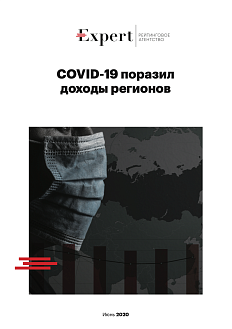According to the data provided by the Federal State Statistics Service, between 2005 and 2017 the Russian Federation saw an increase in the main indicators of migration. The number of arrivals and departures kept increasing, pausing only during crisis years and continuing to grow in post-crisis recovery periods.
.png)
The report provides a research on the patterns of internal migration and analyses the migration structure by gender, age, and education. For instance, according to the data from the Federal State Statistics Service, internal migration is characterized by a slightly greater share of women, with the ratio remaining practically unchanged from 2008 to 2016. As for external migration, it accounts for the overall migration gain in Russia, where the share of men is 51.3% and the share of women is 48.7%, thus contributing to reducing the gender imbalance, which is important from the point of view of improving the demographic situation in the Russian Federation.
.png)
The intensity of internal migration in the constituent entities of the Russian Federation between 2005 and 2017 was influenced by socio-economic factors, such as the level of economic development of the regions, living standards of the population, availability and the level of development of social infrastructure, and the crime rate. The decrease in the net migration balance of the external migration which can be observed in Russia after 2011 was caused, among other things, by the drop in the purchasing power of the average monthly nominal wage expressed in dollars, which was caused by the weakening of the ruble against the dollar. The state program for assisting compatriots residing abroad in their voluntary resettlement in the Russian Federation has had a positive effect on the results of external migration.
It is possible to optimize the patterns of internal migration by eliminating regional differences in the levels of income and poverty, balancing the development of social infrastructure, improving the availability of infrastructure facilities and expanding the range of their social services. It seems worthwhile to benefit from the positive experience of stimulating voluntary resettlement a method which has proved to be effective in international practice. According to the experts of the Analytical Center, measures aimed at resolving these issues should be included into strategies and development programs of the Russian Federation and in those of its constituent entities.






